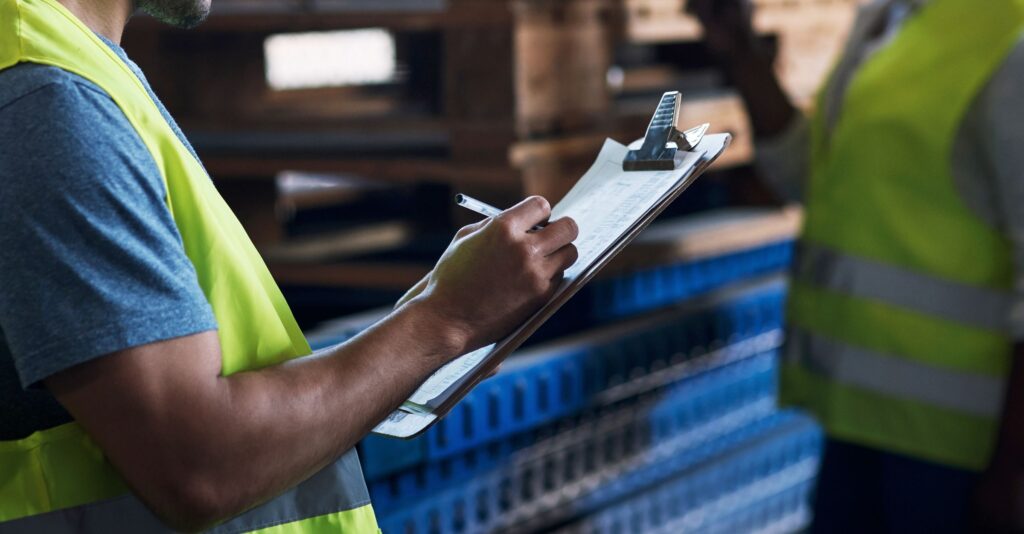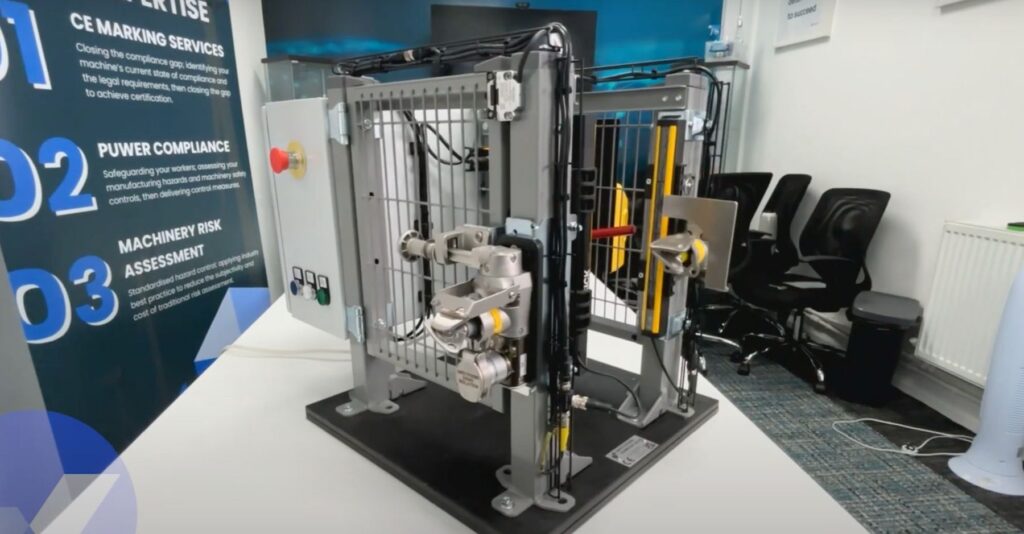In industries where machinery is central to operations, ensuring safety is a top priority. A key part of maintaining this safety involves conducting thorough risk assessments. However, these assessments often suffer from subjectivity, which can lead to inadequate safety measures.
This subjectivity is especially evident when using methods like 3×3 or 5×5 risk matrices, where different assessors might rate the same risk differently. To address this issue, many professionals turn to harmonized standards, which offer a more structured and objective approach to risk assessments. This article will explore how harmonized standards can effectively guide comprehensive and legally compliant risk assessments, particularly in the context of machinery safety.
The Challenge of Subjectivity in Risk Assessments
Risk assessments serve as essential tools designed to identify potential hazards and determine the necessary control measures to mitigate those risks. However, traditional assessment methods, such as 3×3 or 5×5 matrices, often introduce a level of subjectivity. For instance, one assessor might view a particular hazard as high risk, while another might see it as moderate. This difference in assessment can lead to inconsistent and potentially inadequate safety measures.
This subjectivity becomes particularly problematic in the machinery industry, where safety is not just a priority but a legal requirement. To address this, professionals should base risk assessments on harmonized standards. Experts develop these standards through consensus, and regulatory bodies recognise them. They provide a reliable, objective framework that ensures consistent and compliant assessments with industry regulations.
How Harmonized Standards Enhance Risk Assessments
Harmonized standards serve as a quasi-legal framework and offer detailed guidelines on identifying and mitigating risks associated with machinery. Regulatory bodies such as the European Union recognise these standards as fulfilling the essential health and safety requirements of directives like the Machinery Directive. By grounding risk assessments in these standards, organisations can conduct thorough, consistent, and legally compliant evaluations.
For example, when conducting a risk assessment on an open die hot forging press and a manipulator, professionals use relevant standards—such as EN 14673 for the press and EN 14238 for cranes and manually controlled load-manipulating devices—to provide specific guidelines on hazards to consider and the safety measures to implement.
Structuring Risk Assessments with Harmonized Standards
Harmonized standards typically include sections that outline significant hazards, hazardous situations, and the corresponding safety requirements or measures. These sections serve as the backbone of a risk assessment, providing a clear roadmap for identifying and addressing potential risks.
For example, EN 14673, which applies to open die hot forging presses, includes a section that lists significant hazards such as slips, trips, falls, hydraulic system failures, and electrical hazards. Each hazard includes a safety requirement or measure that outlines what needs to be done to mitigate the risk. This structured approach ensures that professionals identify all potential hazards and implement appropriate measures to control them.
A Practical Example: Risk Assessment for a Forged Press and Manipulator
To illustrate how harmonized standards work in practice, consider a risk assessment conducted on a forged press and a manipulator. The assessment begins with a description of the equipment and the identification of applicable legislation and standards. In this case, the Machinery Directive provides the relevant legislation, with EN 14673 serving as the primary standard for the press and EN 14238 addressing the manipulator.
Next, the assessor refers to the relevant sections of these standards to identify significant hazards and corresponding safety measures. For example, EN 14673 highlights the risk of unexpected movement due to a hydraulic system failure or electrical hazards arising from a loss of power. The standard then specifies safety measures, such as ensuring that the press can switch to a safe mode in the event of a power loss.
Similarly, for the manipulator, the assessor might identify hazards related to crushing or shearing, which could occur if unauthorised personnel access the area behind the manipulator. The standard requires measures such as restricting access to these areas and ensuring that the operator has a clear view of the danger zones, potentially through the use of mirrors or CCTV systems.
Once the assessor identifies the hazards and measures, they then evaluate whether the current controls are adequate. This involves comparing the machinery against the requirements outlined in the standard. For instance, if the standard mandates interlocking guards to prevent access to dangerous areas, the assessor checks whether these guards are in place and functioning correctly. If any guards are missing or not working as intended, the assessment recommends corrective actions.
The Benefits of Using Harmonized Standards
Basing risk assessments on harmonized standards offers several key benefits:
- Consistency: Harmonized standards provide a consistent framework for assessing risks, which helps ensure that assessors identify and address all hazards uniformly. This consistency is particularly important in industries where safety is critical.
- Objectivity: By following harmonized standards, assessors can reduce the level of subjectivity in their evaluations. This leads to more reliable and accurate assessments, which in turn results in better safety measures.
- Legal Compliance: Harmonized standards comply with regulatory bodies and meet the essential health and safety requirements of relevant directives. By adhering to these standards, organisations ensure that their risk assessments are legally compliant, reducing the risk of penalties and enhancing overall safety.
- Enhanced Safety: Ultimately, the use of harmonized standards contributes to a safer work environment. These standards address the most significant hazards associated with machinery, providing a robust framework for identifying and controlling all potential risks.
Conclusion: A Necessity for Modern Industry
Risk assessments are a critical component of machinery safety, but the subjectivity inherent in traditional assessment methods can lead to inconsistencies and gaps in safety measures. Harmonized standards offer a solution to this problem by providing a clear, detailed framework for identifying hazards and implementing safety measures.
By basing risk assessments on harmonized standards, organisations can ensure that their assessments are thorough and consistent and comply with legal requirements. This approach reduces subjectivity, enhances safety, and ensures that machinery is ready to meet the demands of modern industrial operations.
In industries where safety is paramount, using harmonized standards is not just a best practice—it is a necessity. By following these standards, companies can ensure that their machinery operates safely, compliantly, and efficiently. This not only protects workers and equipment but also contributes to the overall success and sustainability of the business.
By integrating harmonized standards into their risk assessments, organisations can confidently navigate the complexities of modern machinery safety, knowing that they adhere to the highest standards of safety and compliance. This commitment to safety is not just about meeting regulatory requirements; it is about creating a work environment where safety is embedded in every process, decision, and piece of equipment, ensuring the long-term success of both the business and its employees.




